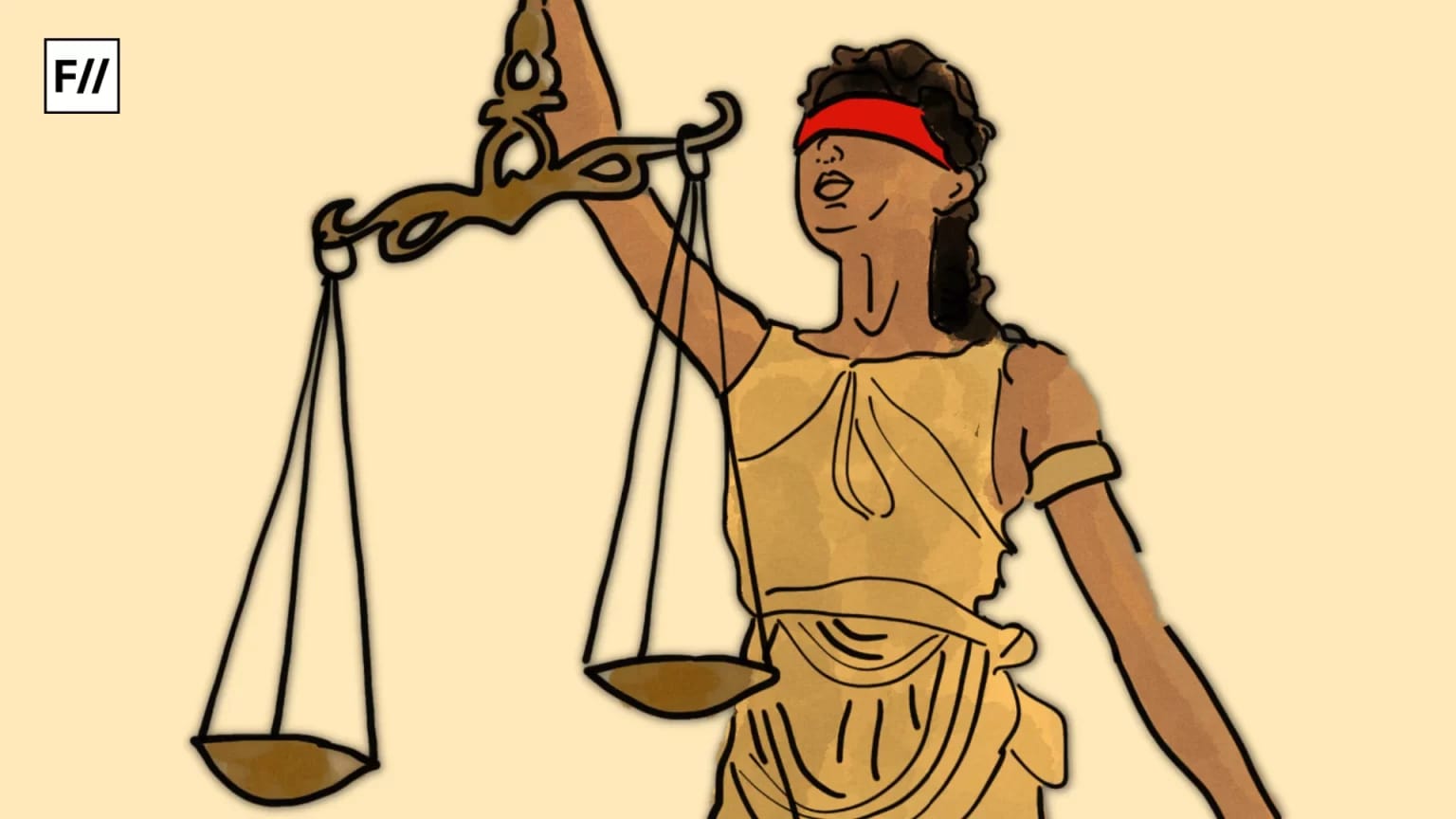The Supreme Court has finally given a verdict that prohibits immediate arrest unless “visible signs of injuries are present” in case of dowry harassment under Section 498A to prevent misuse of this law.
The idea that women ‘misuse’ Section 498A to extract hefty alimonies from husbands and settle scores with in-laws is widely prevalent both within and outside of the Judiciary. In fact in a consultative exercise included as part of the 2012 Law Commission Report, 100 of the 244 Judicial Officers consulted (including police officers, Registrars and Directors of Judicial Academies and Officers), suggested it should be made a bailable offence.
Justice Reddi the author of the report said that there was no empirical data to suggest that Section 498A is abused and laid out some recommendations to prevent its misuse. While it cannot be ruled out that a very tiny minority may misuse this law (or any other law for that matter), nationally the poor conviction rates present a dismal picture. There is no empirical evidence to indicate that there is widespread abuse of this law. In fact a study by Oxfam in Odisha conclusively established this to be untrue.
My own study published in the journal Law, Social Justice and Global Development based on an analysis of 787 cases disposed in the High Court of Mumbai revealed that convictions under Section 498A are rare. Just 6% of cases were convicted when the victim was not dead.
My study concluded the following “..(it) is both deeply disappointing and alarming suggesting that despite the lack of conclusive data on its misuse, some judges and courts have pre-decided that women are abusing this law and their desire to keep the marital family intact supersedes their desire to ensure justice for victimised women. This is in no small part due to the pressures from Men’s Rights Organizations as well as political parties which are wedded to regressive and patriarchal ideas of the Indian family. This experience and expediency based law-making carries several risks: firstly a focus on injuries that are ‘visible’ thus precluding any violence that is not immediately physically evident, the risk of being constitutionally unsound by transforming a non-bailable offence into a bailable one and the suggestion that F.I.R.s be delayed until reconciliation is completed, presumes that reconciliation is both desirable and possible.”
The focus on injuries which are visible presents an imagination of domestic violence where a woman in visibly physically battered. In instances of emotional abuse even extremely serious emotional abuse there may be no physical signs. Even if a victim shows symptoms of Post Traumatic Stress Disorder (PTSD), it is very unlikely that our overburdened, undertrained and a rather gender-insensitive police force will pick up on these signs.
Worse still in the case of sexual violence (note, that marital rape is not illegal in this country), a victim may not feel comfortable at all to report this to a police officer. Even if she has injuries, these are unlikely to be “visible”.
These scenarios are not as far-fetched as they sound – a woman could be emotionally abused and/or sexually abused without any “visible” signs of injuries. How are the police to take action in this scenario?
There are no reliable statistics of how many women misuse Section 498A. Perhaps a minority do – but this is true for all laws. Are parts of other laws also being amended in a similar fashion?
Also read: The Historical Journey Of Anti-Dowry Laws
Section 498A came into existence due to the hard work of the women’s movement in India. Though it tends to be commonly referred to as the Anti-Dowry law, its ambit is much wider. It takes into account a list of actions which are deemed violent using the term “cruelty by husbands and in-laws“, whether or not this is in response to dowry harassment. It is the only protection that women have under Criminal Law to combat domestic violence. There is a separate Civil Law PDWVA 2005 (Protection of Women from Domestic Violence Act 2005) that addresses marital or non-marital intimate partner violence. However this law does not attract jail time since it is a civil law.
It would not be wrong to conclude then that Supreme Court is caving into pressures from ‘men’s rights’ groups in India who have been feeling increasingly threatened by challenges to patriarchal practices. Some of these are more progressive laws enacted after the Justice Verma Commission report was released in response to Jyoti Singh Pandey’s death.
The Supreme Court’s ruling indicates that the highest Court in our country is far from immune from the regressive backlash that is sweeping large parts of our country. It is deeply disappointing and an ominous signal for gender justice in India. With reading down this law (changing it from immediate arrests to mediation), the Supreme Court has signalled that it is less concerned with the majority of women’s safety, than it is with the small minority who may misuse the law.
Also read: Click-Bait Media, Misrepresentation of Laws & the “False Cases” Argument
About the author(s)
Sreeparna Chattopadhyay has a Ph.D. in Cultural Anthropology from Brown University with research interests in gender and its intersections with health, education family and the law. She is an independent researcher.





dump your sorrows by watching some romcoms at mymovierack.com/web-series
It’s easy to say women are not misusing it. In fact these days women are using this law to harass in-laws and poor husband, just to settle scores.
ya it’s true, it’s happening to me now, my wife also put case on me, i got married i move to kuwait i was just 37 days with her and she file a case against me my case DV66 i am looking for someone help me about this problems my kuwait number +965 50907778
It only means end of ‘Dhandha’ of such victims whose victimhood vanishes after getting extortion amount in the name of alimony and maintenance for ‘settling the case’. Else what justify the filing of case under this section after failure of attemp of reconciliation at CAW cell?
I hope you can understand what I mean?
If your brother or son or someone you care gets the experience of being exploited by this rule, then only your eyes will open. Feminist movement may have brought good to many women who were abused. But some women misuse this law and I have experienced the same. It is not justice to convict someone just by allegation. Justice should be met for all genders.